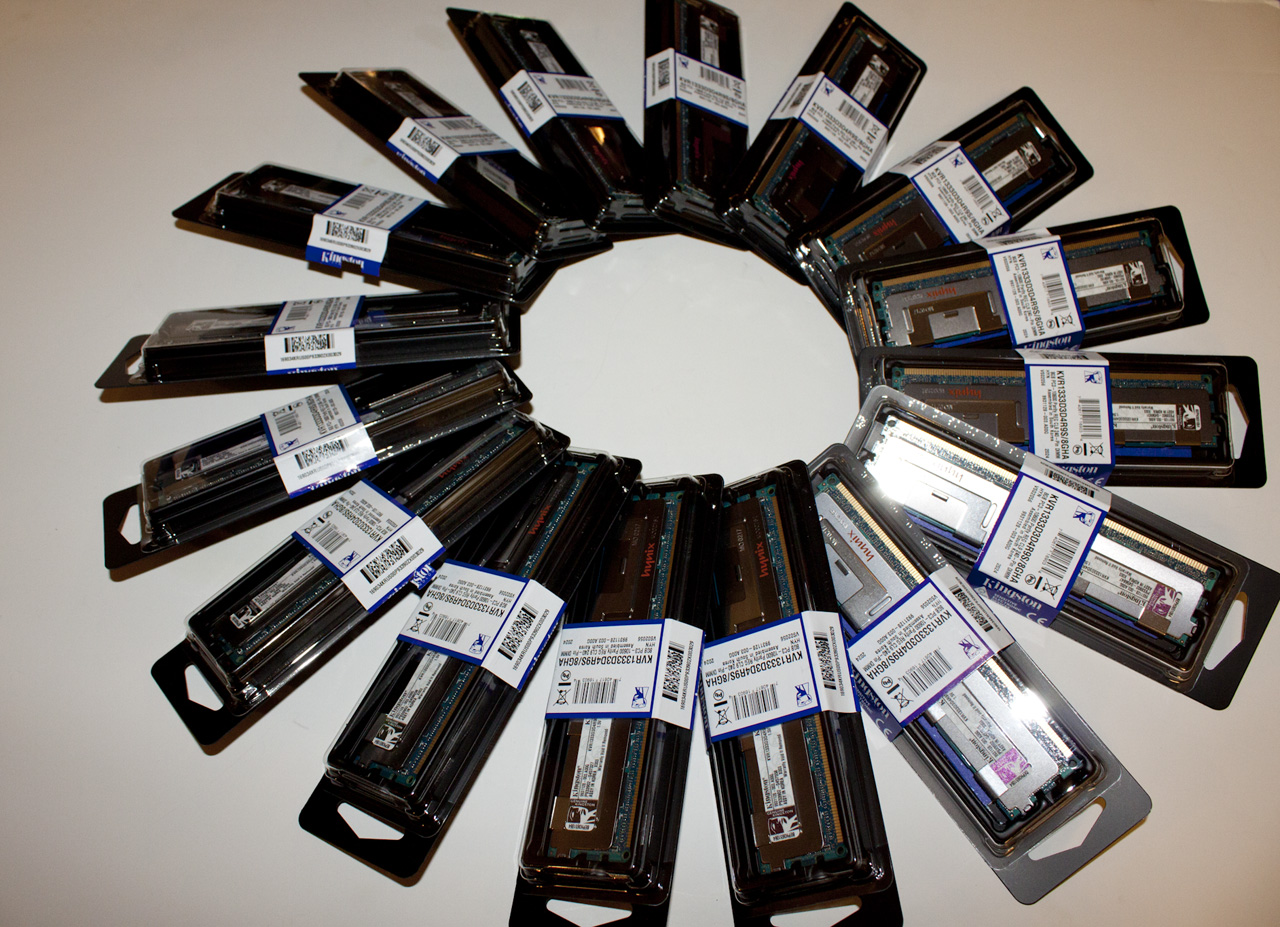When Tolerance attacks
Now that we have briefly (very briefly) told you about BOMs and Lots let’s talk about why they are important and how they play into what Kingston is doing. Every part has a certain specification (spec) and this spec has a tolerance that is has to meet or it gets tossed into the bin. A tolerance is measured as a plus or minus to the designed spec. For example; if I design a battery and I say it puts out 3.3 Volts that is my Design Spec. Now during manufacture and test we find out that sometimes (depending on the manufacturing run) they put out 3.35Volts or 3.26Volts (and still work) their tolerance is +/- .04. This lets you know that anything in that range is acceptable. In electronic and computer components you have the same tolerances. In a single Lot you have that tolerance built in and it forms the standard deviation for manufacture. During the manufacturing lifecycle of a product this deviation can drift one way or the other. Again adjacent lots are usually so close you would never know but Lots that are significantly separated may have a deviation that are just too far to work together. You end up with the same parts in terms of design but the tolerances are so diametric they just won’t work together. In another example let’s say a voltage regulator is designed to 3.3V the tolerance is +/- .05. In lot A the regulators are all at 3.31 in lot B they are 3.29 when you put them together they are only .02 off so no harm done there. Now lot C might be at 3.28 and lot D at 3.27 this means that if you put regulators from Lot A and Lot D together you have a difference of .04 we are pushing the tolerance of these parts when they are put together. Once you are out of tolerance for parts in a grouping you have potential for failure.




